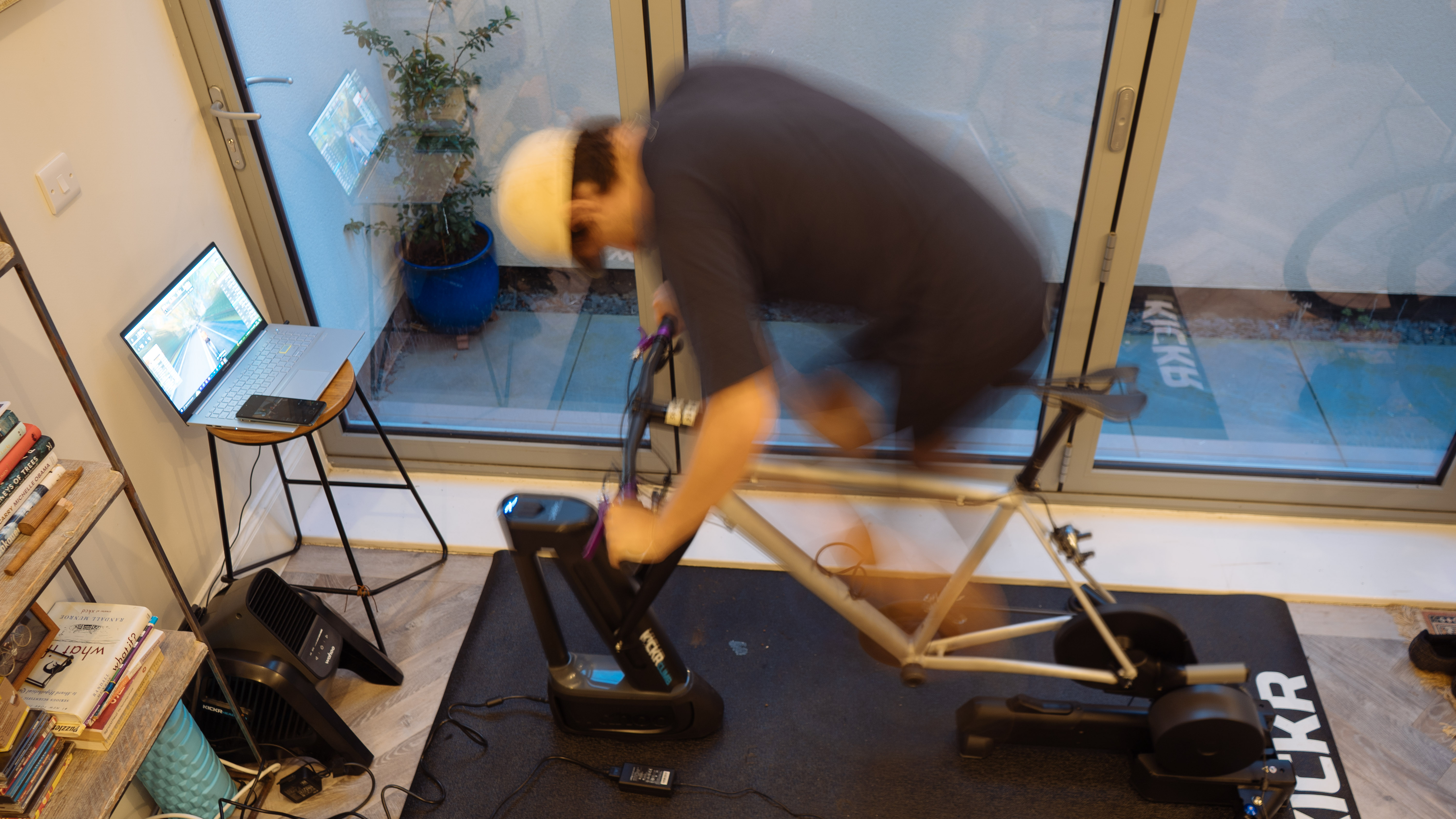Jacob Rathe Blog: Extended midriff or 'extreme grandpa'
Jelly Belly rider faces tough decisions while recovering from Iliac Artery Endofibrosis surgery
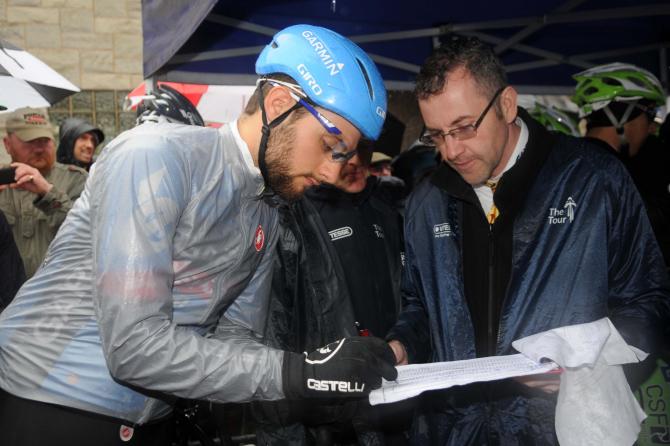

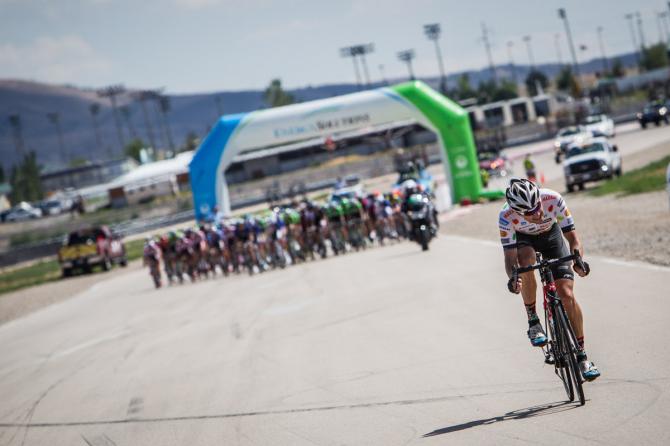
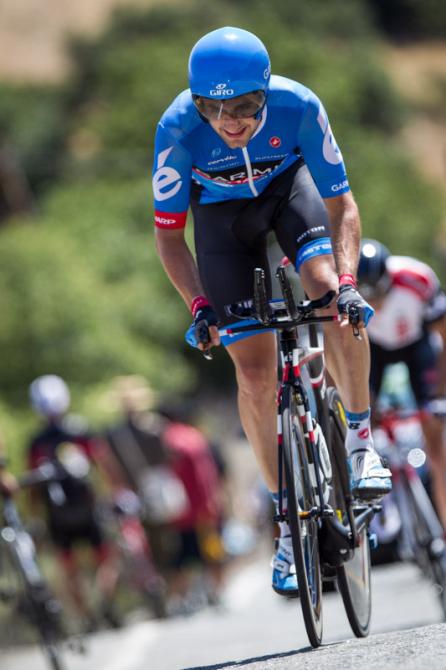
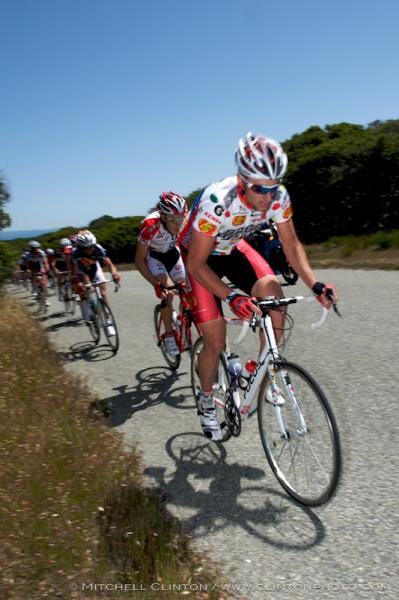
It’s been about three weeks since I was operated on for Iliac Artery Endofibrosis and this is my biggest problem: wearing clothes around my waist. I have a four-inch incision right below my belly button, which takes up the all the real estate for any type of pants or shorts that anyone would ever wear.
Even with the most comfortable gym shorts I have to wear the elastic waistband either above or below the incision. That means either extended midriff or extreme grandpa shorts. Or wait, is this what bib shorts are for?
Hiking them up high turned out better – less of a chance for an indecent exposure offense and suited to my 80-year-old lifestyle.
It has been surprising how much happier and clear-headed I am now than before the operation. That doesn’t make any sense considering the month before I had the time of my life. I spent my days in the Cascade mountains, mountain biking and swimming in lakes and rivers. Portland was having a heat wave and I was enjoying it as if it was the only month of summer left. In a way, for me, it was.
Now I take leisure walks around the neighborhood and spend much of my day horizontal.
I much prefer the former as a lifestyle, in fact it has become an addiction. It was hard to relax and enjoy myself with the looming operation, recovery period and the uncertainty that goes with it. I was dreading the first week of aching pain just as much I was dreading the following three weeks of sedentary captivity.
Now I can relax, even if that’s all I do. Sitting around and thinking about this was the worst part of this whole ordeal. Consider how similar the recovery period between this operation and a moderately severe crash. Though not as bad as some crashes, it is far beyond a routine affair.
The latest race content, interviews, features, reviews and expert buying guides, direct to your inbox!
Having a season-ending accident creates a sudden psychological trauma, leading to deep depression and slow acceptance of the consequences. One second you are riding your bike, the next you are on the ground or in the hospital.
I’m completely prepared for the pain and sedentary period, albeit through a tortuous countdown. Not to say this is worse, but that they are different. What if you knew you were going to crash and break your collarbone on a certain date?
The difference is that I can sit here and know that this incident will bring back the strength I once had. Quite the opposite is true of a crash.
It’s not easy for any cyclist to lay low for long periods. It is a lifestyle more so than a job. Being able to rest is a deciding factor for having continued success in cycling. The riders that aren’t able to back off from training once in a while carry around fatigue that inhibits them from being their best. Sitting around for a few days is just as important as doing the training.
I’ve seen people do the dumbest things, such as long training rides while coughing up green slime on a cold winter day. Not just for one day, but for weeks. Doing that is one of the worst things you can do to your performance, prolonging sickness while not training productively. Some people need to be literally tied down to their bed.
I still have a training plan, but it starts with my bed and walking to the coffee shop.
Twitter handle: @jacobrathe
Twenty-four-year-old Jacob Rathe was recently diagnosed with Iliac Artery Endofibrosis after more than two years of struggling with cramping and pain in his left leg. The former Garmin-Sharp rider, who now competes for Jelly Belly-Maxxis, underwent surgery on June 27 to correct the problem, which has affected more and more professional cyclists such as Joe Dombrowski, Mike Friedman and Stuart O'Grady. Rathe will keep Cyclingnews readers updated on the progress and struggles of his recovery as he attempts to regain the form that led him to the WorldTour at 21 years old.
